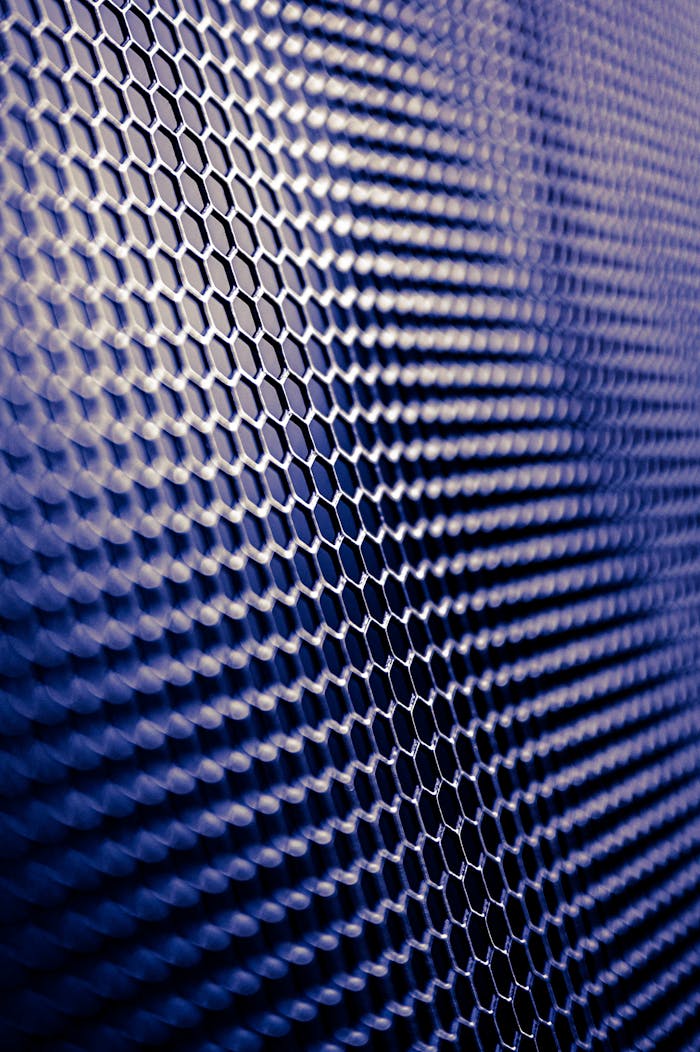For businesses in the Philippines, creating a clean and simple website can improve user experience and make it easier for customers to find what they need. This is where minimalist UX design comes in. Over the years, minimalist design has evolved, adapting to new trends and technology. If you’re working with a web designer in the Philippines, understanding the evolution of minimalist UX design can help you build a modern website that meets your users’ needs while keeping things simple and effective.
What Is Minimalist UX Design?
Minimalist UX design focuses on creating a clean, uncluttered layout by using only the most essential elements. This design approach values simplicity, clarity, and ease of use, aiming to make the website or app more user-friendly. Minimalist design reduces distractions and emphasizes important content, allowing users to easily find what they are looking for.
Why Minimalist Design Is Important for UX
Minimalist UX design is popular for several reasons:
- Enhances Usability
- By focusing on only the essential elements, minimalist design helps users navigate the website easily and complete tasks more quickly.
- Improves Loading Speed
- Fewer elements on a webpage mean faster loading times. This is important for keeping users engaged, especially on mobile devices.
- Creates a Modern Look
- Minimalist design is often associated with a clean, professional, and modern appearance, making websites look more appealing.
- Reduces Cognitive Load
- A simpler layout helps users process information more easily, as they don’t have to deal with a lot of visual clutter.
The Evolution of Minimalist UX Design
Minimalist design has changed over time to meet new user expectations and technological advancements. Here’s a look at how it has evolved:
1. The Early Days: Function Over Form
In the beginning, minimalist design was mainly about functionality. Early websites had simple layouts with basic colors, fonts, and few images. The goal was to make information accessible without overwhelming users.
- Focus: Basic design, easy-to-read text, and limited colors.
- Challenge: Websites often looked plain and lacked visual appeal.
2. Rise of Flat Design: A New Minimalist Approach
Flat design became popular in the early 2010s. It emphasized simplicity by using flat elements, solid colors, and no complex textures. This style removed unnecessary details, such as shadows and gradients, to create a cleaner look.
- Focus: Bold colors, simple shapes, and basic icons.
- Challenge: The lack of depth made some elements difficult for users to understand or click.
3. Material Design: Adding Depth Without Losing Simplicity
Material design, introduced by Google, brought some depth back to minimalist design by adding subtle shadows and layers. It kept the clean look of flat design but used these elements to guide users’ attention and create a sense of hierarchy.
- Focus: Combining flat design with depth, using shadows and layers.
- Challenge: Maintaining simplicity while still adding some visual effects.
4. The Trend Toward White Space
White space, or negative space, became a key feature in minimalist UX design. Designers started using white space to separate different sections of a webpage, making content easier to read and navigate.
- Focus: Using space effectively to improve readability and guide user flow.
- Challenge: Balancing white space with content to avoid making the site feel too empty.
5. Dark Mode and Color Minimalism
Dark mode became a popular trend in recent years, offering a dark background with light text. This version of minimalist design uses limited colors to reduce eye strain and create a sleek look.
- Focus: Providing a dark alternative to traditional white backgrounds while keeping the design simple.
- Challenge: Ensuring readability and visual appeal with limited colors.
6. Neumorphism: A Blend of Flat and Skeuomorphic Design
Neumorphism is a design trend that combines flat design with realistic effects, such as soft shadows and highlights. It gives elements a 3D appearance while maintaining a minimalist look.
- Focus: Using light and shadows to create a soft, tactile experience.
- Challenge: Making sure elements are still easy to understand and interact with, as too much realism can reduce usability.
Best Practices for Minimalist UX Design Today
If you want to create a modern minimalist website, follow these best practices:
- Prioritize Essential Content
- Include only the most important information on your website. Remove any unnecessary elements that do not serve a clear purpose.
- Use White Space Effectively
- Add plenty of white space around text and images to make the content easier to read and navigate. This helps separate different sections of the website without adding clutter.
- Limit Color Palette
- Stick to a simple color scheme with a few complementary colors. This keeps the design clean and helps create a consistent look.
- Choose Simple Fonts
- Use basic fonts that are easy to read. Avoid using too many different fonts, as this can make the design feel busy.
- Add Visual Hierarchy
- Guide users’ attention by making important elements, such as headings or buttons, more prominent. You can use larger fonts, bold text, or different colors to create a clear hierarchy.
- Keep Navigation Simple
- Make it easy for users to find what they are looking for. Use a clear and straightforward navigation menu, and avoid overwhelming users with too many options.
How a Web Designer in the Philippines Can Help with Minimalist UX Design
A skilled web designer in the Philippines can help you create a minimalist website that meets modern design standards while being tailored to your business needs:
- Applying Minimalist Design Principles
- A web designer can prioritize simplicity in the design, making sure the website is clean, easy to navigate, and visually appealing.
- Customizing the Design for Your Brand
- While minimalist design focuses on simplicity, a web designer can ensure that your brand’s unique style is still reflected in the layout, colors, and fonts.
- Optimizing for Mobile Users
- Since many people in the Philippines access websites on their mobile devices, a web designer can create a responsive, minimalist design that looks great on all screen sizes.
- Ensuring Fast Loading Times
- A minimalist design naturally reduces the number of elements on a page, which can improve loading speed. A web designer can further optimize the site for faster performance.
Common Mistakes to Avoid in Minimalist UX Design
To make sure your minimalist website is effective, avoid these common mistakes:
- Making the Site Too Plain
- While simplicity is important, the website should still have enough visual appeal to keep users interested. Don’t remove so many elements that the site feels empty or boring.
- Neglecting User Guidance
- Minimalist design doesn’t mean removing all features. Make sure users still know where to click and what actions to take by using clear calls to action.
- Using Too Little Color
- A minimalist website can still have a splash of color to draw attention to important areas. Don’t limit your color palette so much that everything blends together.
- Ignoring Accessibility
- Ensure that text is easy to read and that there is enough contrast between background and text colors. Accessibility should never be sacrificed for the sake of simplicity.
How to Measure the Success of Minimalist UX Design
To know if your minimalist UX design is working, track these key metrics:
- User Engagement
- Monitor how much time users spend on your website and how many pages they visit. Higher engagement indicates a good user experience.
- Bounce Rate
- Measure the percentage of visitors who leave after viewing only one page. A lower bounce rate suggests that users find the website interesting and useful.
- Conversion Rate
- Track the percentage of visitors who complete a desired action, such as making a purchase or signing up for a newsletter. A higher conversion rate means your minimalist design is guiding users effectively.
- Page Load Time
- Check how quickly your website loads. Faster load times are a sign of an optimized minimalist design.
Final Thoughts
For businesses in the Philippines, minimalist UX design can help create a website that is clean, modern, and user-friendly. By focusing on simplicity and essential content, you can make it easier for customers to navigate your site and find what they need. Working with a web designer in the Philippines can help ensure that your minimalist design is tailored to your audience while keeping up with current trends.
Start embracing minimalist UX design today to create a website that is not only visually appealing but also effective at driving business success.

